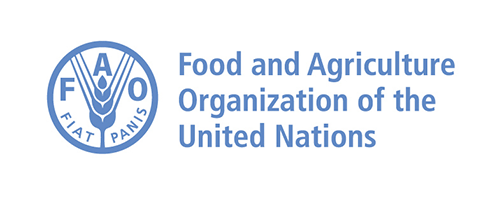The FAO Legal Office provides in-house counsel in accordance with the Basic Texts of the Organization, gives legal advisory services to FAO members, assists in the formulation of treaties on food and agriculture, for which the Director-General acts as Depositary, publishes legal studies and maintains a database (FAOLEX) of national legislation and international agreements concerning food and agriculture (including fisheries, forestry and water).
Members:
Resources
Displaying 1646 - 1650 of 15550Provisions on the Administrative Penalty Procedures for Surveying and Mapping.
These Provisions, consisting of 43 Articles, aim to regulate and guarantee the legal exercise of functions and duties by the surveying and mapping departments at all levels, correctly enforce administrative penalties and protect the legitimate rights and interests of the counterparts of administrative law enforcement.The Provisions set up rules for jurisdiction, general procedures, hearing procedures; etc.
Provisions on the Administrative Penalty Procedures for Surveying and Mapping (2010).
These Provisions aim to regulate and guarantee the legal exercise of functions and duties by the surveying and mapping departments at all levels, correctly enforce administrative penalties and protect the legitimate rights and interests of the counterparts of administrative law enforcement. The Provisions consist of 43 Articles,The Provisions set up rules for jurisdiction, general procedures, hearing procedures; etc.
Soil Conservation Measures and Guidelines.
Soil conservation measures are prescribed and recommendations are given for the conservation of: (a) lowlands and flat areas and land sloping in various degrees, pasture lands and range lands. Measures are required for the environmentally sound production of food, wood, and other commodities based on sustainable use of land, species and ecosystem. In most areas of Uganda the combination of several conservation practices are recommended and packages will depend on area and crops, livestock and tree species on the land. Measures regard land moving works and cultivation/agro-forestry.
Guidelines on the management of hilly and mountainous areas.
These guidelines contain principles of and rules for the management of hilly and mountainous areas. They define functions and duties of District Environment Committees and other local authorities in respect of management of hilly and mountainous areas duties of land owners in respect to use of grazing of livestock, cultivation, agroforestry and water run-off. Each District Council shall make bye-laws identifying mountainous and hilly areas within their jurisdiction which are at risk from environmental degradation.
National Environment (Mountainous and Hilly Areas Management) Regulations, 2000 (No. 3 of 2000).
These Regulations shall regulate the sustainable utilisation and conservation of resources in mountainous and hilly areas by and for the benefit of the people and communities living in the area and promote the integration of wise use of resources in mountainous and hilly areas into the local and national management of natural resources for socio-economic development. Principles of use of sloping land are laid down in article 4. A District Environment Committee may establish a sub-committee on soil conservation pursuant to article 5.


